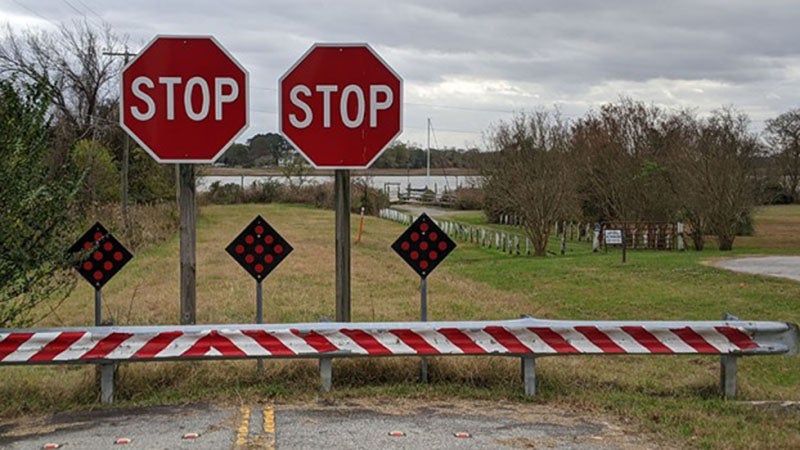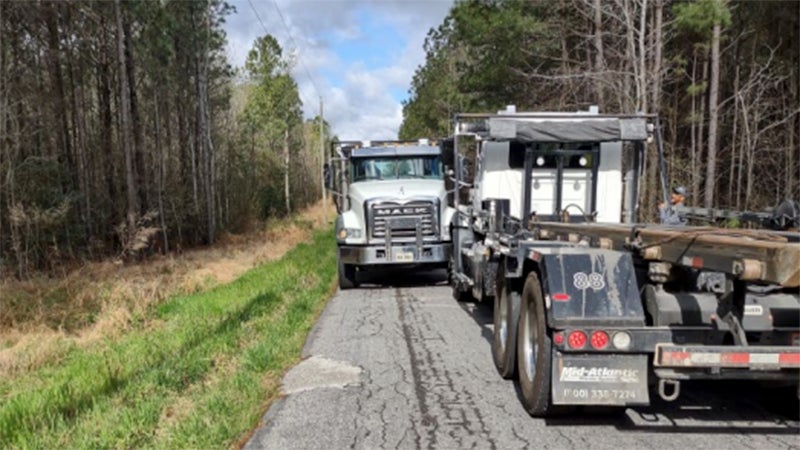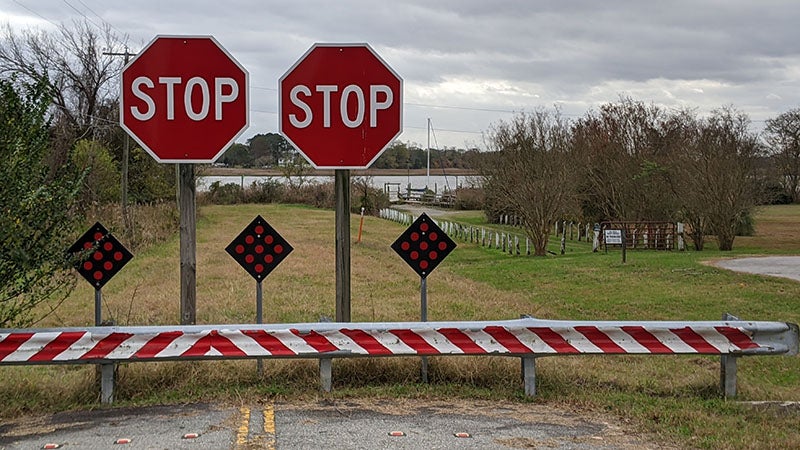Owl released at park
Published 10:36 pm Thursday, September 1, 2011

This Eastern screech owl was released back into the wild Wednesday after two months of rehabilitation from Wildlife Response Inc. The owl had fallen out of its nest at Lone Star Lakes Park.
At the edge of Lone Star Lakes Park on Tuesday, Lisa Barlow talked soothingly to a creature inside a pet carrier.
She’d been caring for the young Eastern screech owl for two months, after it was found on the ground in the park. It had either fallen out of or been kicked out of its nest, and a park ranger found the bird.
Heather Burns, a volunteer with Wildlife Response Inc., happened to be walking her dog in the park when the ranger summoned her. As she stood near the baby owl on the ground, she looked up and saw an adult owl peering out of a tree, looking down at its young.
“It happens with all the birds of prey,” said Barlow, president of Wildlife Response. She specializes in rehabilitating birds of prey and fishing birds such as pelicans.
Barlow and Burns returned to Lone Star Lakes on Tuesday to release the owl back into the wild after two months of caring for it. Holding the owl gently, Barlow walked near a group of bushes and opened her hands. After a short pause, the owl made the flight from her hands to the bushes and remained there, peering out at the group that had witnessed its first taste of freedom since it fell out of its nest.
There are several reasons the owl could have been ousted from its birthplace. Sometimes, a first-year parent doesn’t know what to do with its youngsters, Barlow said. Or if there’s a shortage of food, the siblings can rebel against one another as a self-survival technique.
In this case, the young owl was uninjured, so Barlow simply had to feed the owl and ensure it could hunt on its own.
Wildlife Response, a nonprofit organization, covers the entire Hampton Roads area and north to Williamsburg. They get tips from park rangers, animal control officers and citizens on a 24-hour hotline and help rehabilitate any wild creature in need of help — except one.
“There’s no facility for bear,” Barlow said. It’s an understandable constraint for an organization that mostly counts on volunteers to do rehabilitation on their own properties. Barlow herself helped about 600 animals on her half-acre property last year. The entire organization helped more than 3,000 critters in 2010.
The group does a lot of work in Suffolk with the assistance of Suffolk Animal Control, Burns said.
“They really make the effort to save wildlife,” she said.
There’s no shortage of work — the hotline receives an average of 11,500 calls per year — but events like last weekend’s hurricane bring plenty more. Since the storm, the organization has taken in 320 baby squirrels, a few turtles whose shells were cracked by falling trees and debris and several tropical birds that were blown in by the powerful winds.
The organization was founded in Chesapeake in 1992 and now has 43 permitted wildlife rehabilitators. It has cared for an estimated 20,000 animals.
The volunteers avoid naming the animals or having unnecessary contact with them in order to keep them wild.
“We purposely don’t habituate these animals,” Barlow said. “We don’t want them coming up to someone in the park and freaking them out.”
Animals that cannot be released back into the wild because of injuries are placed in facilities like zoos, aquariums, the Virginia Living Museum or the Sandy Bottom Nature Park. Some animals are euthanized.
“We don’t believe in keeping something alive just to keep it alive,” Barlow said.
But that wasn’t the case with the Eastern screech owl released Tuesday. After it rested in the bushes, it lifted its wings and flew away to begin a new life in Lone Star Lakes.
For more information about Wildlife Response, visit the organizations’ website at www.wildliferesponse.org.






